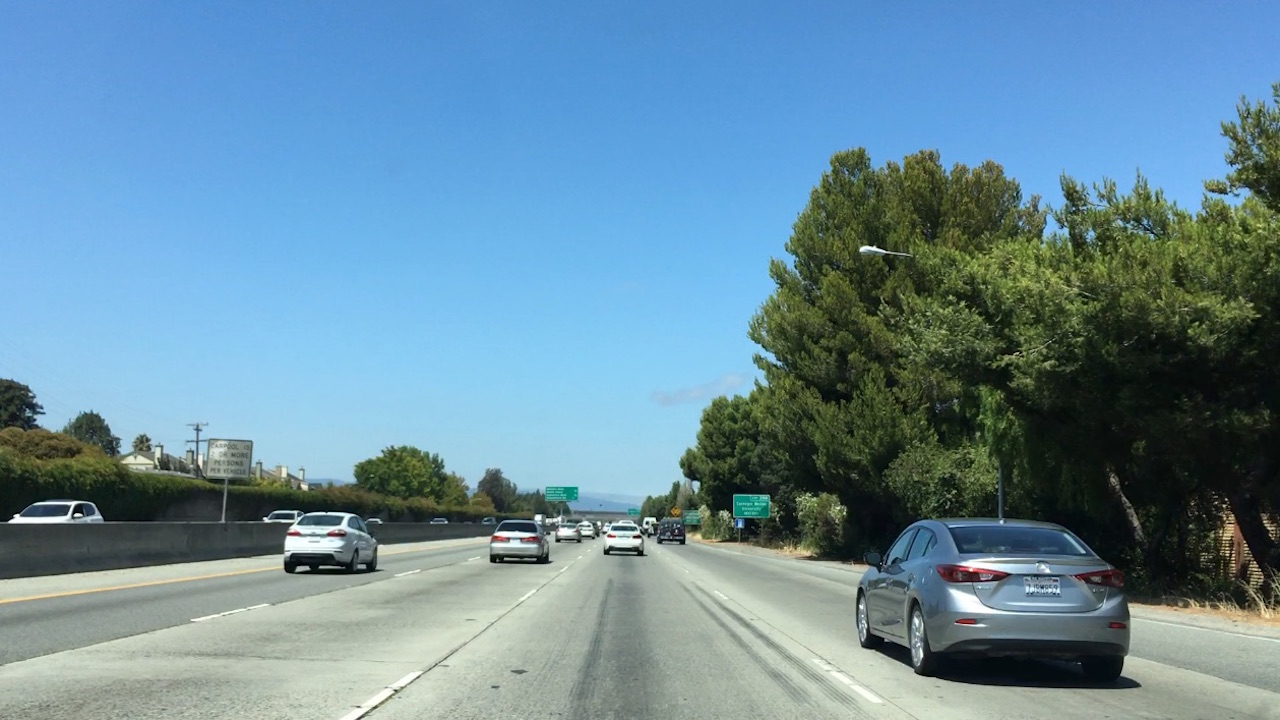34. Search and Classify
Search and Classify

Now you're able to run a sliding window search on an image and you've trained a classifier… time to combine both steps and search for cars!
You already have all the tools you need to do this from the previous exercises. Just train your classifier, then run your sliding window search, extract features, and predict whether each window contains a car or not. You'll probably find some false positives, but soon we'll deal with removing them.
In the
lesson_functions.py
tab on the quiz editor, you'll find all the functions we've defined so far in the lesson, including
get_hog_features()
,
bin_spatial()
,
color_hist()
,
extract_features()
,
slide_window()
, and
draw_boxes()
. These are now all imported for use in the quiz with this command:
from lesson_functions import *
Two new functions are defined:
single_img_features()
and
search_windows()
. You can use these to search over all the windows defined by your
slide_windows()
, extract features at each window position, and predict with your classifier on each set of features.
We have limited the sample size to 500 each of car and not-car training images for the classifier to avoid quiz evaluator timeout, but if you search a very large number of windows or create huge feature vectors, you still may run into timeout issues. If you want to explore more, download the data and try the code on your local machine.
You can download the subset of data used in this lesson for vehicles and non-vehicles , or if you prefer, you can directly grab the larger project dataset for vehicles and non-vehicles .
In this exercise, experiment with different color and gradient feature sets, different search window sizes and overlap to get an idea of how your classifier performs with different training features. Getting false positives in the skies and treetops? Try restricting your search area on the image with
y_start_stop
in the
slide_window()
function. What combination of features works best?
Start Quiz: